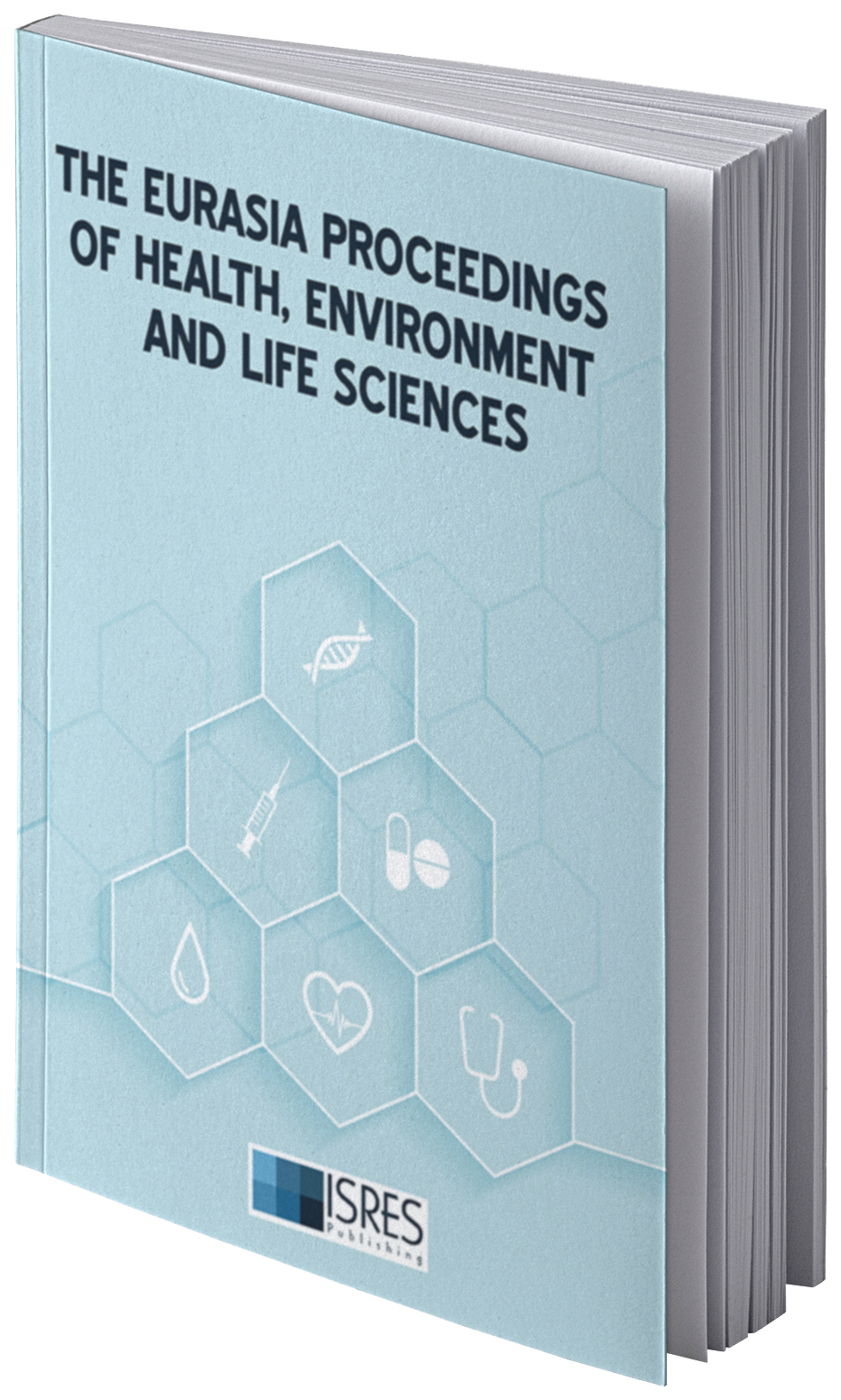Pervasive Microplastics and Zooplankton Abundance in Middle East Region of Java North Sea Indonesia: Spatio-Temporal of an Oceanic System
DOI:
https://doi.org/10.55549/ephels.132Abstract
A significant threat to marine food webs is the ingestion of microplastics (MPs—plastic particles below 5 mm) by planktivorous organisms. Between February to August 2024, MPs samples from water coulomb and zooplankton were collected of Jepara and Rembang Region were related to Java North Sea Indonesia. This study was all related to the prey-predator linkage as a result of the size of microplastics affect plastic intake in oceanic islands' ecosystems collected from water samples. Microplastics collected from water sample then identified color, shape, size and abundance by microscope in this research. Microplastics type were analyzed used FTIR (Fourier Transform Infrared Spectroscopy) imaging. Zooplankton were identified and classified into their traits, size and abundance. The types of microplastics identified were fragments, fibers, films, and pellets. In water samples, black and fiber microplastics were increasingly common. Therefore, by analyzing the size and characteristics of zooplankton, comparing the abundance of microplastics and zooplankton in the marine environment, it is necessary to comprehend the probability of plastics invading the trophic web of the food chain.
Downloads
Published
Issue
Section
License
Copyright (c) 2024 The Eurasia Proceedings of Health, Environment and Life Sciences

This work is licensed under a Creative Commons Attribution 4.0 International License.
The articles may be used for research, teaching, and private study purposes. Any substantial or systematic reproduction, redistribution, reselling, loan, sub-licensing, systematic supply, or distribution in any form to anyone is expressly forbidden. Authors alone are responsible for the contents of their articles. The journal owns the copyright of the articles. The publisher shall not be liable for any loss, actions, claims, proceedings, demand, or costs or damages whatsoever or howsoever caused arising directly or indirectly in connection with or arising out of the use of the research material. All authors are requested to disclose any actual or potential conflict of interest including any financial, personal or other relationships with other people or organizations regarding the submitted work.



